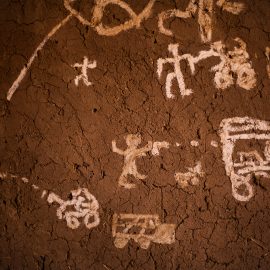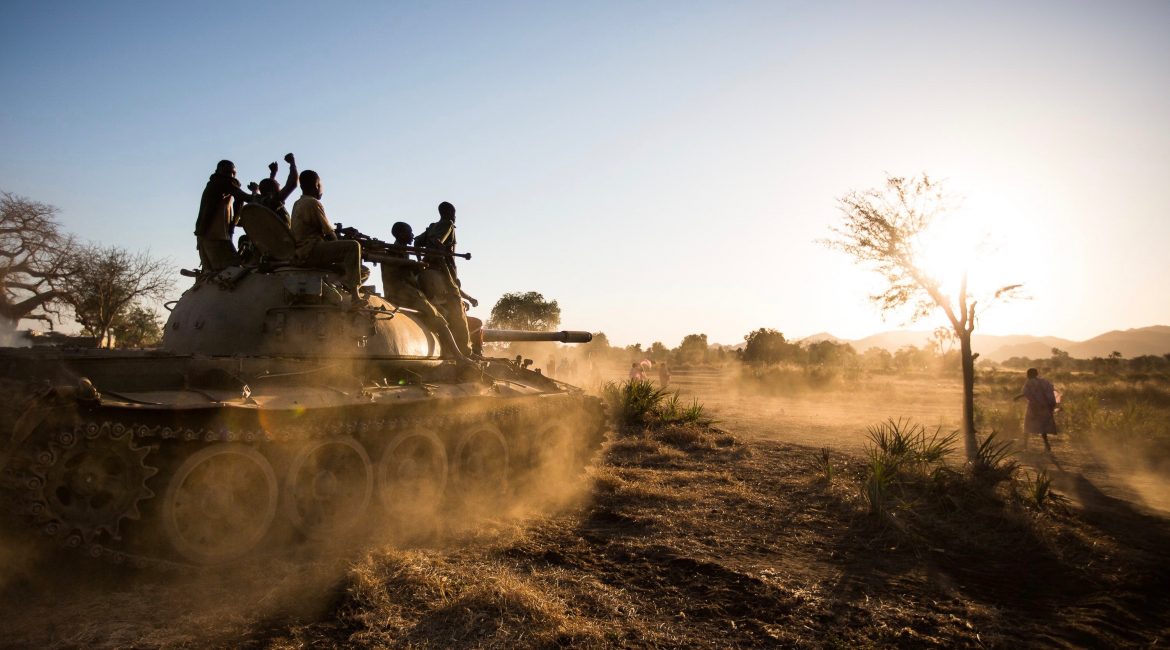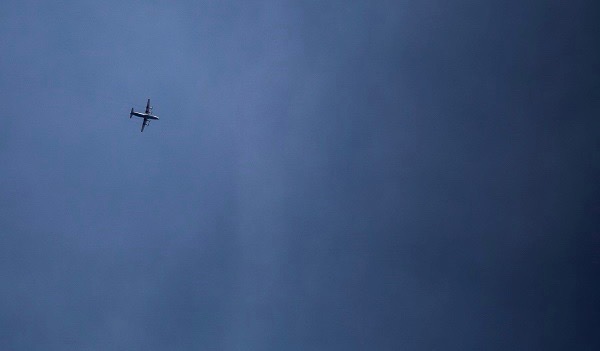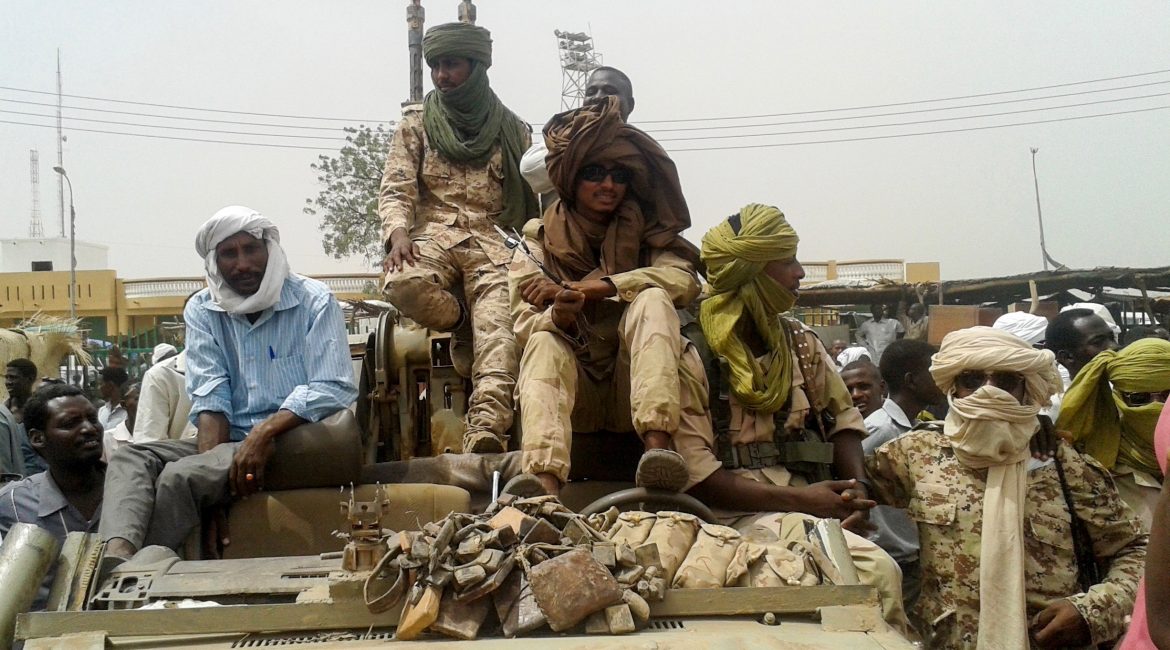The images that photojournalists Adriane Ohanesian and Klaas van Dijken brought back with them from war-ravaged Darfur, in western Sudan, are moving, eye-opening – and exceptionally rare.
Darfur, once a household name globally, has fallen out of the international spotlight in recent years – and not because peace has come to the people there. A decade ago journalists had access to the conflict, but today they are banned. Images and video from the time were part of what helped compel the international community to care.
Reporting triggered one of the largest humanitarian responses in the world back in 2004. Now, facing a media blackout despite increasing levels of displaced due to the conflict, international aid is in short supply. Meanwhile, Sudan President Omar al-Bashir remains wanted by the International Criminal Court (ICC) on charges of war crimes, crimes against humanity and genocide in Darfur. And the fighting between rebel and government forces continues, with civilians suffering greatly.
Ohanesian and van Dijken defied the media ban in 2015, crossing in to the embattled area under the cover of night. They came out with images and video of children living with untreated shrapnel wounds, families sheltering in caves, and rape survivors recounting their horror.
Ohanesian, who recently won a World Press Photo award for one of the images she shot there, said the Darfuris she met would ask, “What’s happening, why hasn’t this stopped?” The questions, she said, seemed “targeted at the entire world.”
“I made promises to people while I was there, telling them that the only thing I could do as a photographer, was that I could promise that I would do everything within in my power to get the information and images out,” Ohanesian told Nuba Reports. “I just hope that that’s happening and people are paying attention.”
On World Press Freedom Day, watch Ohanesian describe how they got in to Darfur – one of the hardest places in the world for journalists to access – and what she saw once inside.





